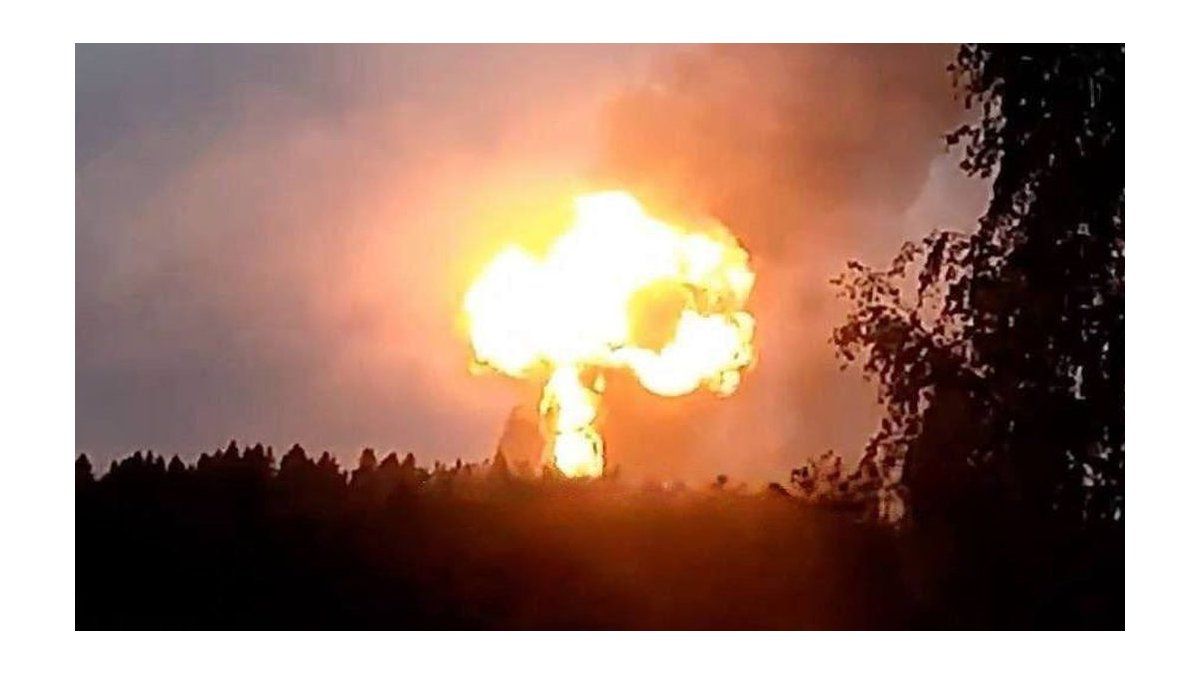In this scenario of dollar scarcity, The BCRA approved a new instrument that seeks to encourage producers to sell their soybean harvest. From the BCRA they do not define it as a splitting of the exchange rate, since the harvest continues to be settled in the official dollar. This new system stipulates that, of 100% of the sale value of grains, 30% can be converted to the solidarity dollar, while the other 70% can be deposited with a hedge against devaluation.
The truth is that cabinet changes were a fact for quite some time. Name replacement per se tells us nothing. However, the first reactions to the news of the new (and current) holder of the portfolio were positive for the market, although they did not come alone. The international context favored all emerging countries, with a 5% rise in the S&P 500 (of the same magnitude as the rise in the Bovespa index). During the week of announcements, the Real appreciated from US$/R 5.5 to US$/R 5.2, and the Chilean Peso appreciated again from US$/CLP 952 to US$/CLP 899. Also , the country risk of the emerging countries fell from 518 to 490. However, it was significant that Argentine bonds rose almost 30%, measured in cash with settlement. The financial dollars deflated and the cash with liquidation went from $340 to slightly above $293. The market speculates with an adjustment of the fiscal accounts that allows it to be more enthusiastic. On the sidelines, two immediate challenges lie ahead:
- The fiscal imbalance
- Resolve the foreign exchange front that allows the BCRA to get out of the situation in which it finds itself
At the fiscal level, the challenge is to meet the primary deficit target agreed upon with the IMF. However, with the evolution of income and expenses and what can be projected until the end of the year, the primary deficit would be 3.5% of GDP and not 2.5%. The problem lies in the dynamics of spending (it rises 75% year-on-year in the first six months of the year). Revenues accumulate growth of 65% in the first half. The strongest growth impacts Social Programs (Promote Work, Progress, among others) with a jump of 335%, in real terms and compared to 2019. It is followed by tariff subsidies (+110% real), current transfers to the provinces (+56% real) and public works (+27%). The current minister has a profile that can talk to all sectors, but it remains to be seen if he will be willing to pay costs.
What is unknown is the departure of the accumulation of reserves. The program with the IMF requires that by the end of the year close to US$8.5 billion be accumulated, starting from US$1.5 billion. Beyond this, the seasonal periods of reserve accumulation ended in July. Historically, the average accumulation of the last 10 years was close to US$1.5 billion and now it was only US$631 million.
In short, however, the BCRA needs to accumulate reserves if it wants to be the main supplier of foreign currency at these prices, avoiding a devaluation. Otherwise, they will have to continue increasing exchange restrictions in order to be able to discretionally supply the market (affecting economic activity). Possible measures will be:
A larger trap, at the cost of less economic activity.
A discretionary jump in the official exchange rate.
A formal split that allows them to stop losing foreign currency on account of services.
What is remarkable is that none of them is without consequences, but there is no doubt that this scheme cannot continue.
Federico Pablo Vacalebre is a professor at the University of CEMA
Source: Ambito




